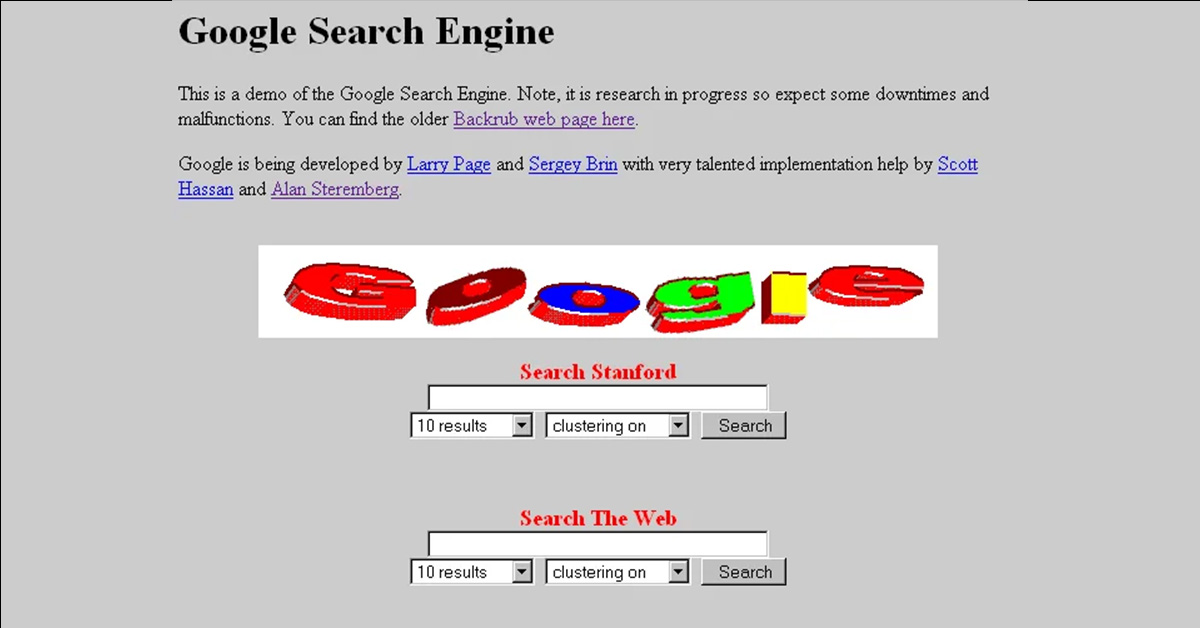To understand the impact of upcoming changes on your internet searches, we delved into the backstage workings of Shopping and Ads.
Google Search undergoes frequent updates throughout the year, mostly unnoticed by its users except for an occasional homepage redesign. Despite making efforts to enhance the search results and user experience, these changes go unnoticed to the millions of daily search requests in over 150 languages. To gain insights into these invisible updates, we approached Google for information and asked about the advancements in Google Ads and Google Shopping. With the holiday season approaching, we were curious to know more. Google’s experts shared their knowledge on how Search and other services are constantly evolving in the background.
What criteria does Google use to determine what changes to make?
Automated systems determine the relevance and credibility of billions of web pages. However, fine-tuning these systems involves a significant amount of effort from various teams. Google aims to display the most helpful results by enhancing these systems, which operate at a massive scale and complexity. According to Danny Sullivan, Google’s public liaison for Search, any change to the search algorithms undergoes an intensive process before being implemented. In 2021 alone, Google conducted over 700,000 experiments, leading to 4,000 improvements to Search. A team of experienced engineers, search analysts, legal and privacy experts review the data from these evaluations and experiments to decide if the change is ready to launch.
What’s Next?
Apart from refining the search algorithms, Google is implementing changes to enhance the contextual aspect of Search and provide a more natural and intuitive experience for users. For instance, multisearch on the Google mobile app allows users to search by text and image simultaneously, which will be expanded to yield local results with multisearch near me. To make searches for exploring a new city more visual, Google will highlight content creators and real people providing firsthand advice, and discussions and forums in Search will lead to conversations with experts. Additionally, Google prioritizes mobile-friendly content that renders well on a mobile screen and displays links relevant to the device. To promote genuine content, Google’s search rankings now prioritize content from real people over content farms that optimize content for search engines, alongside improving results for product-review pages. According to Sullivan, SEO is essential for locating and comprehending relevant content. However, creating useful content for people, not search engines, is the primary factor for appearing in top search results.
To what extent is spam considered a significant issue?
Every day, Google Search encounters about 40 billion pages of spam and malicious content, which presents a growing challenge despite Google’s continued efforts to filter out 99 percent of it. To combat this issue, Google employs an AI-based spam prevention system called SpamBrain, which has been instrumental in detecting six times more spam sites in 2021 than the previous year, according to Sullivan.
Is it necessary to be concerned about malware in Google ads and search results?
Several instances of malware infiltrating search engine ads, including a recent one with an ad for Gimp.org, have made headlines this year. Google has been criticized for not doing enough to combat misleading ads, such as those for anti-abortion information centers and fraudulent government services.
Similar to its efforts with spam content in Search, Google Ads works tirelessly to eliminate malware content and bad actors. Ginny Marvin, a liaison for Google Ads, explains that they verify advertisers’ identities and monitor for coordinated activity between accounts using signals in their network. To do so, they utilize both automated systems and human reviewers across more than 180 countries. Marvin emphasizes the enormity of their task, stating, “In 2021, we removed over 3.4 billion ads, restricted over 5.7 billion ads, and suspended over 5.6 billion advertiser accounts.”
However, the system is not flawless. According to Ginny Marvin, understanding the placement of ads and when they appear on search results can help in identifying potential scams. Users who are unsure about an ad can click on the three dots next to it and select “About this Ad” to view details about the advertiser and the reason for the ad’s appearance. Advertiser pages also display other ads that have been run in the past 30 days. If an ad appears to be harmful, users can report it. Google’s My Ads Center, launched recently, gives users more control over the types of ads they see and allows them to block sensitive ads and personalize the advertising shown to them. However, some critics argue that these measures are inadequate. The Tech Transparency Project’s director, Katie Paul, claims that Google has been warned about these issues for years but has not taken significant steps to eliminate malware and misinformation.
Can Google Shopping retailers be trusted?
If you’ve been shopping online for the holidays, you might have come across deals on Google Shopping results that appear too good to be true. For example, a search for a high-demand video card might yield several results with similar prices, except for one or two from unknown websites that offer heavily discounted prices that raise suspicion.
According to Matt Madrigal, the vice president of merchant shopping, this poses a challenge for Google. He states that they are constantly adapting to keep fraudulent merchants and listings off their platforms, and that this is an area they heavily focus on as they increase the number of merchants and products listed on Google. Merchants must comply with policies that specifically prohibit misrepresentation and counterfeit goods, among others. Vetting vendors involves a combination of automation and human review. Madrigal adds that Google Shopping also relies on user feedback to identify suspected fraudulent sellers. Although there is no direct way to report sellers on product carousel pages, clicking through to an item description page allows you to report a listing. Additionally, there is a general Shopping support page with a virtual agent where users can report bad actors.
However, according to Katie Paul, the director of the nonprofit Tech Transparency Project, relying on users to police the system is concerning when the company has the resources to hire more content moderators and experts. Paul says that Google’s response is similar to that of Facebook’s, urging users to report information when they see it while putting the burden back on users to clean up the company’s search platform, which is their primary profit mechanism.









